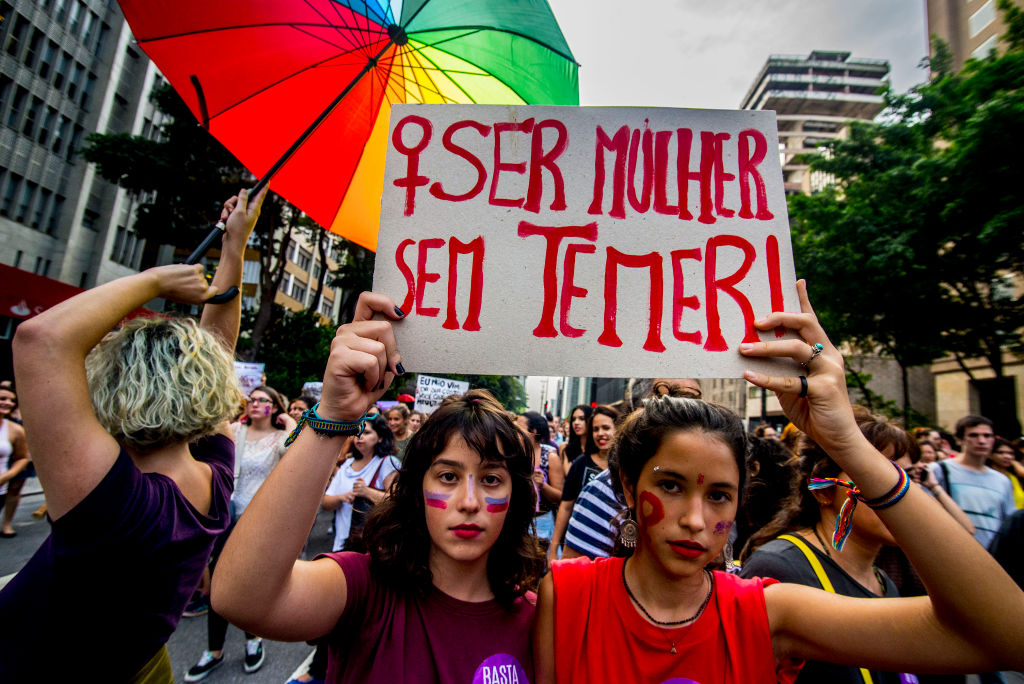Americas Quarterly Social Inclusion Index 2014: Amid Growth and Improvement, Patterns of Exclusion Remain
Americas Quarterly Social Inclusion Index 2014: Amid Growth and Improvement, Patterns of Exclusion Remain
This year's Index shows improvements in poverty reduction, housing, and access to formal jobs.
Uruguay, Argentina, and Costa Rica top Index;
Slow economic growth impairs social inclusion in the United States;
The Northern Triangle ranks at the bottom of the pack.
New York, July 29, 2014—Uruguay, Argentina, and Costa Rica lead this year’s Americas Quarterly Social Inclusion Index, an annual survey released today by Americas Society/Council of the Americas (AS/COA). The Index shows reductions in poverty levels, as well as improvements in school enrollment, access to adequate housing, and formal employment in some of the countries studied. The survey also identifies patterns of exclusion which persistently affect women and indigenous and Afro-descendent communities in the region.
The Americas Quarterly Social Inclusion Index 2014 ranks 17 countries on 21 variables from GDP growth to government responsiveness, bringing a multidimensional approach to the way development is traditionally measured in the region. In its third year, the Index evaluates countries on access to public and private goods, popular attitudes toward empowerment and government responsiveness, and the protection of basic civil, political, and human rights. In 2014, the Index adds two new variables: disability rights and access to justice.
Uruguay ranked first in the Index, improving its score from a year earlier in several areas such as economic growth, political rights, and access to adequate housing. Argentina and Costa Rica tied for the second place due to gains in GDP spent on social programs and women’s rights, among other indicators. The Index shows that slow economic growth and extremely unfavorable attitudes toward government responsiveness continue to hobble social inclusion in the United States, the fourth country in the ranking.
Lea el Índice de Inclusión Social de 2014.
"This is the third year we have collected this information and scaled each country, and there have been improvements and declines across variables. What stands clear is that the issue of social inclusion—unlike GDP growth and even increases in income—is difficult to change in the short term. It is deeply embedded in historical, structural, and even attitudinal conditions," said AS/COA Senior Director of Policy and Americas Quarterly Editor-in-Chief Christopher Sabatini.
The Northern Triangle—Guatemala, Honduras, El Salvador plus Nicaragua—continues the trend from the previous years’ indices by ranking at the bottom of the pack across the majority of indicators. This year’s Index exposes a toxic mix of high poverty rates, lack of opportunities, gender and race disparities, and very low access to formal jobs and education, which is at the root of the growing numbers of unaccompanied youth from Central America entering the United States.
"In Honduras, only 10.8 percent of women and 5.1 percent of males have access to a formal job. In Guatemala, while numbers are slightly higher, there are substantial discrepancies when looking at race and ethnicity—there is a huge gap between minority and non-minority access to formal jobs," said AS/COA Director of Policy and Americas Quarterly Senior Editor Alana Tummino. "We need to continue to push the idea to governments that a more inclusive society will lead to greater gains in social, political, and economic growth."








